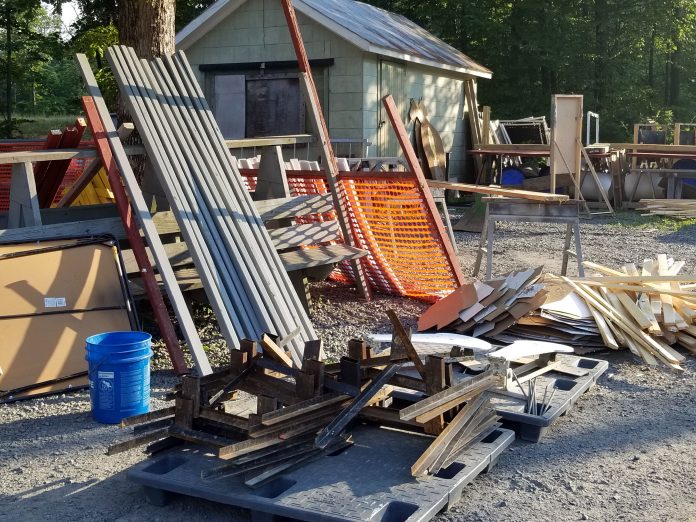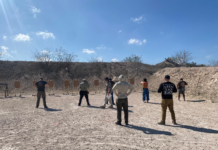

Many people are focused on gunshot wounds when they think about range injuries. They’re certainly serious and you should know how to treat them, but they’re not the most common injury you might see. To be truly prepared for a day of shooting, here are some of the range injuries you’re much more likely to see and need to know how to treat.
Long, sunny summer days practically demand at least one trip to an outdoor range. Unfortunately, they often also come with hot and humid weather. Very high temperatures are most commonly associated with heat exhaustion and heat stroke, but you can also suffer heat injuries if you’re physically active, not used to hot weather, get dehydrated, or have certain health conditions. Dehydration can be sneaky if you aren’t drinking enough water and getting enough electrolytes either through sports drinks, supplements, or food. It’s important to learn the signs and symptoms of heat stroke and how to prevent and treat it because heat injuries are not just uncomfortable – they can be deadly.
If you’re doing something more active at the range like participating in a practical shooting match, you might find yourself catching a toe or landing a little wonky on an uneven bit of ground or piece of brass. Keeping your muzzle in a safe direction and your finger off the trigger when you’re not actively shooting can help prevent a gunshot wound when you lose your balance, but you can still end up with a rolled ankle or even a broken bone if you fall. Do you know how to recognize when all that’s needed is a little ice and rest, or when you need to see a doctor? For more serious injuries, do you know how to safely get someone to the hospital?
If, when you trip or fall, you end up with a little blood dripping, you might not need to break out your trauma kit, but an injury worth treating might still have occurred. As any child can tell you, taking the skin off your shin or knee is not a pleasant experience. For the average shooter, a “boo boo kit” is more valuable than any other injury treatment skill or supply. Being able to clean out and cover a cut or scrape can make a day at the range much more pleasant.
And don’t forget, it’s not always the ground that’s out to get you. The targets you’re shooting at can exact a little of their own revenge too.
Steel targets or target stands can bounce bullet fragments back up range even if they’re in good condition and set up properly. Chunks of copper jacket hitting a shooter or spectator might just be an odd surprise – or might cause a cut on the delicate skin of the face or even an eye injury if luck is bad or someone isn’t wearing good eye protection. Steel is heavy too. Having a piece land on a shin or a foot, or getting your fingers caught underneath a piece can break bones or cause painful scrapes and bruises that need to be treated.
If you use wooden sticks to hold up targets, they will acquire sharp edges as bullets start going through them (and they will). It’s not just the scrapes and cuts as you walk too close to one or when you have to move them around, it’s also the splinters that inevitably bury themselves in your hands. Do you know how to get them out?
For that matter, the lowly stapler you use to hang up targets is the cause of perhaps the most common range injury out there: a staple into a finger. No matter how careful you are, it’s bound to happen one day. The tiny puncture wound made by that staple can be incredibly painful. Do you know how to tell if it’s become infected? You’ll wish you did after you nail your finger with that stapler.
Last, but not least (and back to heat): burns. Whether it’s sunburn or brass burns, mild burns are range injuries that every shooter will see. Don’t succumb to the myths, and make sure you know how to treat them properly.
Shooting can be risky in unexpected ways. It’s vital to learn how to treat the obvious dangers, but it’s equally important to be able to treat other range injuries. They can be just as serious at times and when they are not, fixing them can still save your day at the range.



